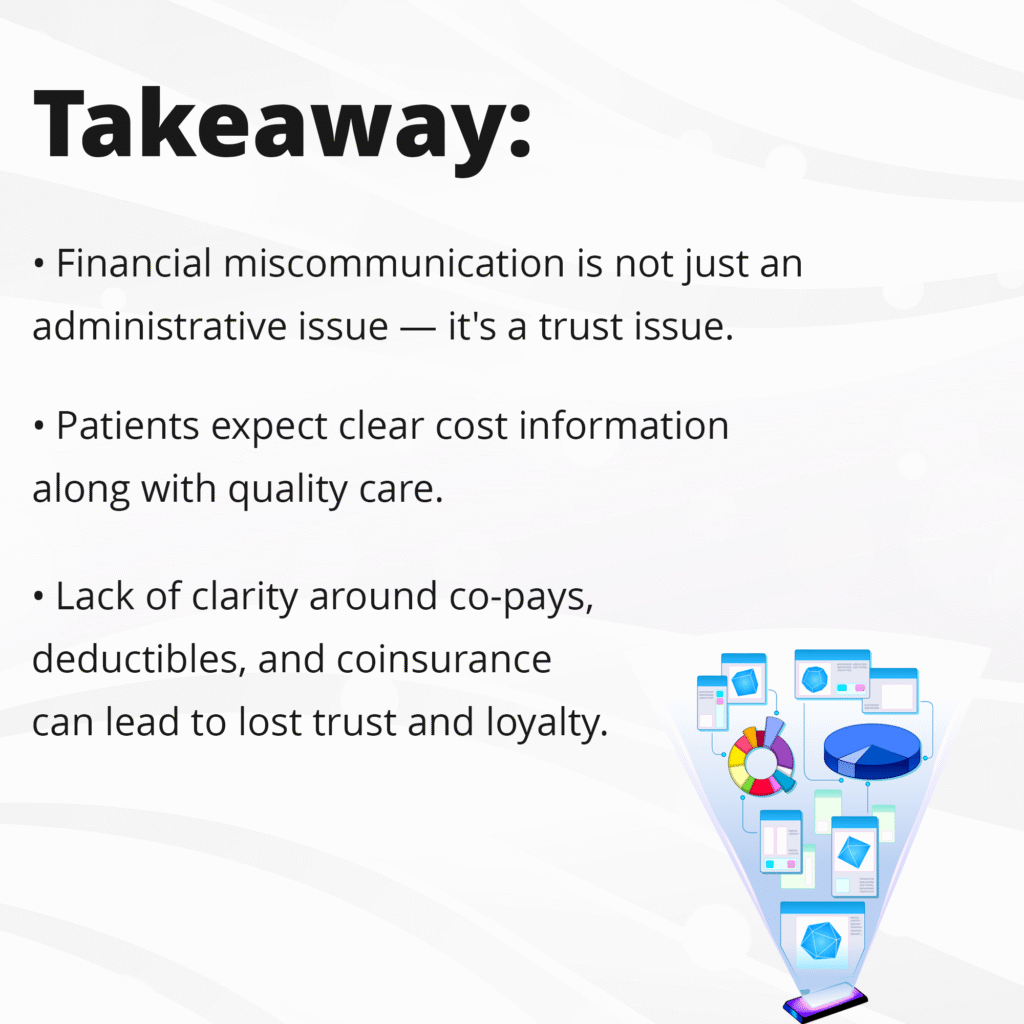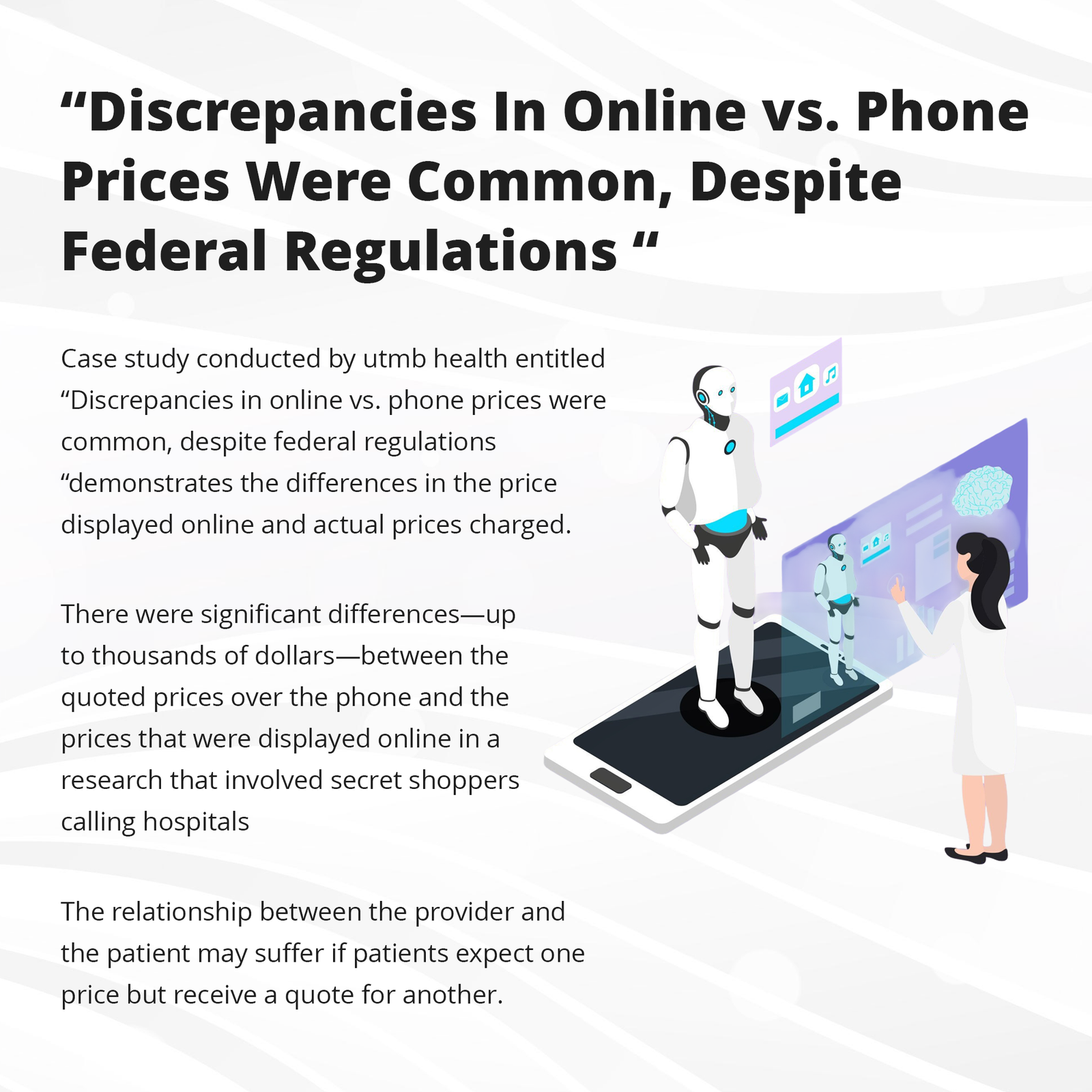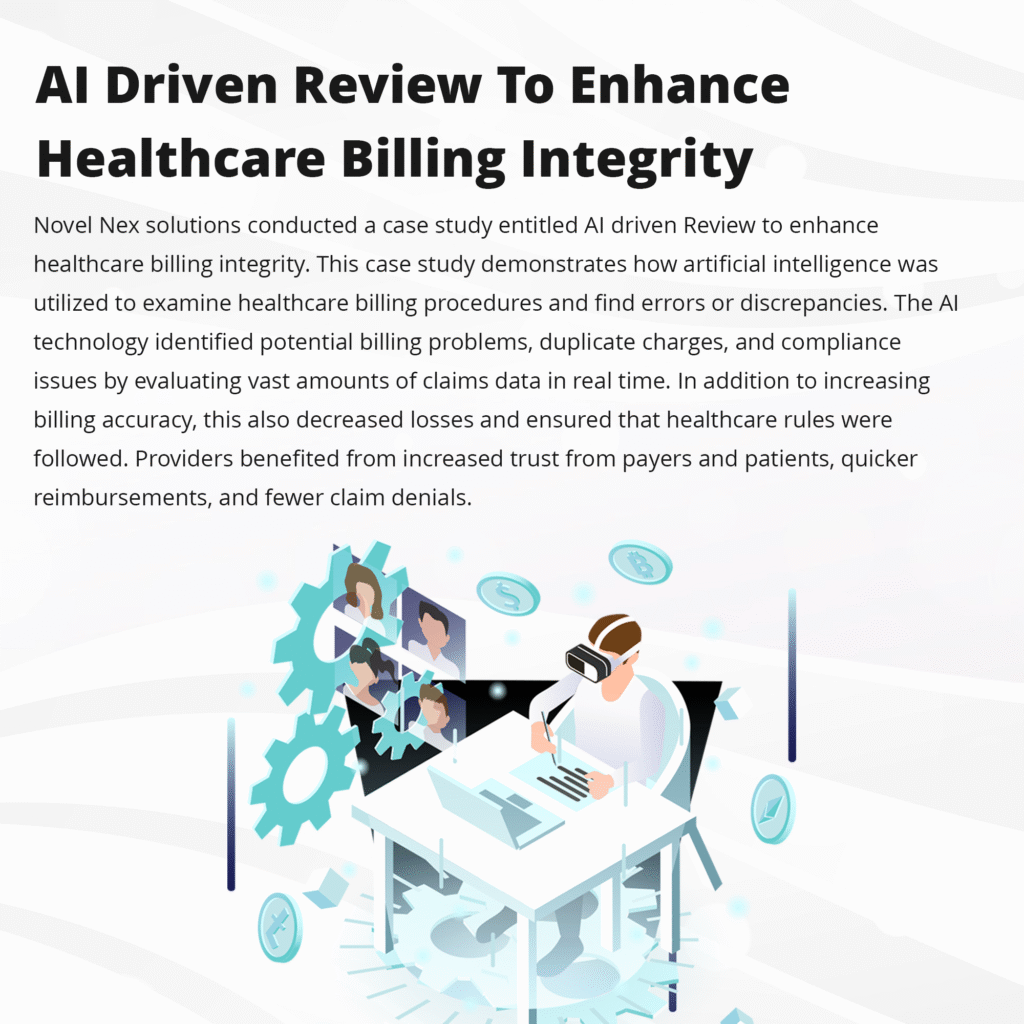How AI Can Help You Make Sense of Copay, Deductibles, and Coinsurance
Most of the patients complain about the lack of awareness and adequate information given to them beforehand about the estimated treatment charges. They feel cheated and confused when terms like Co-pay, deductibles, co-insurance are used while billing and they are asked to make payment as well.
Particularly when attempting to comprehend concepts like copay, deductibles, and coinsurance, health insurance can be perplexing. What do these terms actually imply, and how do they impact your payments, even if you see them frequently on your invoices and policies? AI is useful in this situation. These complex terms are much easier to understand with the aid of artificial intelligence. AI solutions may simplify the language, provide tailored explanations, and even assist with plan comparisons, allowing you to make more informed healthcare cost decisions without feeling stressed.
Understanding Co-pay, deductibles and co-insurance:
Co-pay:
A co-pay is a certain sum of money you must pay out of pocket for specific medical services, such as a prescription drug or a visit to the doctor. For instance, you might have to pay $25 each time you visit your primary care physician. It doesn’t go towards your deductible and is often due at the time of service. Consider it to be your portion of the basic care expenses.
Deductibles:
The annual amount you must pay out of pocket before your health insurance begins to cover specific expenses is known as your deductible. If you have a $1,000 deductible, for instance, you will have to pay that sum before your plan begins to pay for covered services. Your insurance starts sharing the cost of care once your deductible has been satisfied.
Co-insurance:
Once your deductible has been satisfied, your coinsurance is the portion of medical expenses that you and your insurance provider split. Assuming your coinsurance is 20%, you would be responsible for 20% of the price, with the remaining 80% being covered by your insurance. It differs from co-pay in that it is based on a percentage rather than a set amount. After you’ve paid your annual deductible, coinsurance takes effect.
These three terms are seen to be most complex terms however these are not that complex to understand. Once a patient visits a clinic or hospital he must seek clarity about the co-pay, deductibles and co-insurance.
The Way AI Is Streamlining Understanding
AI has contributed in a transformation and massive change, it has simplified the ways of knowledge dissemination. Let’s us see how AI is streamlining lay man’s understanding:
1.Individualized Plan Descriptions: AI systems can look up your particular health insurance policy and explain what copay, deductible, and coinsurance imply for you. Simplified summaries that are customized to their plan are provided to users in place of perusing complex materials
2.Virtual Health Assistants: Real-time question answers are possible with AI-powered chatbots and virtual assistants (such as those found in insurance apps or websites). Asking questions like “How much will I owe for a specialist visit?” or “What’s my deductible left for the year?” can be answered quickly and accurately by AI.
3.Insightful Parallels: AI can evaluate insurance plans side by side, allowing you to compare copays, deductibles, and coinsurance can evaluate insurance plans side by side, allowing you to compare copays, deductibles, and coinsurance. You can select the plan that best suits your requirements and budget by using it to estimate possible out-of-pocket expenses based on your historical healthcare utilization.
4. Claim Analysis and Bill Description: AI systems are also able to examine insurance claims and medical bills, providing information on costs, line items, and the locations of deductibles and coinsurance. You have greater control over your healthcare finances, and billing problems are prevented because of this transparency.
5. Insights on Education: Depending on your plan and usage, certain AI-powered platforms will send you useful films, infographics, or recommendations. Learning insurance terminology is made more interesting and less daunting with these mini lessons.
The Reason It Is Important:
Being aware of your insurance benefits:
a) Avoid unforeseen expenses:
By being aware of your insurance terms, you can prevent unexpected expenses. Prior to treatment, it enables you to prepare and understand what to anticipate.
b) Choose reliable vendors:
By selecting reliable and in-network healthcare providers, you can avoid out-of-network fees and receive high-quality care.
c) Budget for medical expenses accurately:
Understanding your copays, deductibles, and coinsurance enables you to budget for and estimate medical costs.
d) Increase the utilization of your benefits:
Benefits like wellness initiatives, discounts, and preventive treatment can be maximized if you fully comprehend your plan.
Supporting Case Studies:

To Sum Up:
By streamlining the most complex aspects of health insurance, such as copays, deductibles, and coinsurance, artificial intelligence is revolutionizing our understanding and management of it. AI keeps you informed and helps you make better healthcare decisions with its user-friendly tools, real-time support, and personalized insights.





